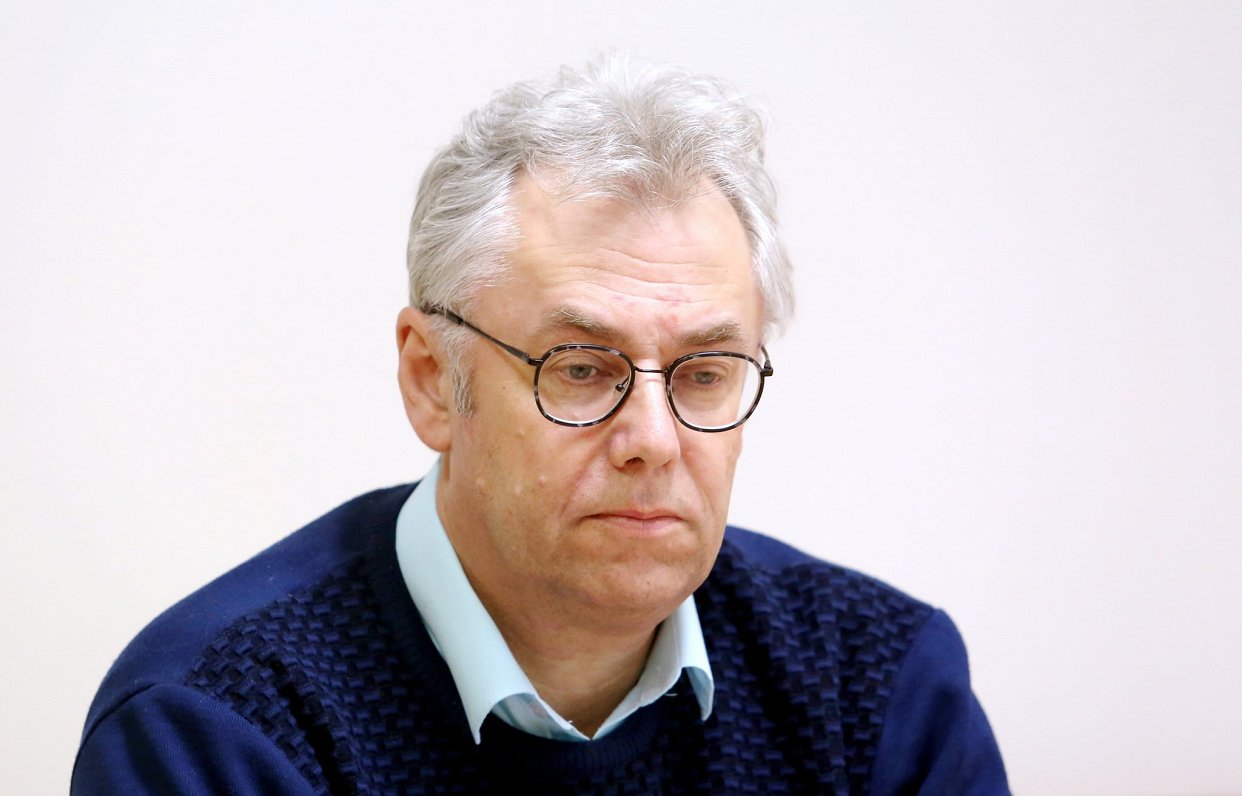He pointed out that currently the probability of meeting an infected person in Latvia is high enough.
Over the last nine weeks, the cumulative incidence rate per 100,000 inhabitants has been growing. In addition, for more than a month, the virus's reproduction rates exceed 1, which means that more than one person is infected by each ill person. Earlier, this rate was under 1 and then the incidence decreased.
Perevoščikovs said that currently 87% of the samples tested are the so-called British type. One so-called Nigerian type has been discovered in the past week, while a U.S. strain of the virus has been detected in Gulbene.
Perevoščikovs also said that infections are most frequently occurring indoors, but outside the air flow can disperse tiny drops from the infected man, while the ultraviolet rays of the sun may affect the viability of the virus. However, the impact of the air flow on large droplets is smaller, and if people stay outside less than 2 meters apart for a long time, the risk of infection exists, the epidemiologist said.
He said that risks are also increasing in outdoor spaces that are more enclosed and where air circulation is limited.
































